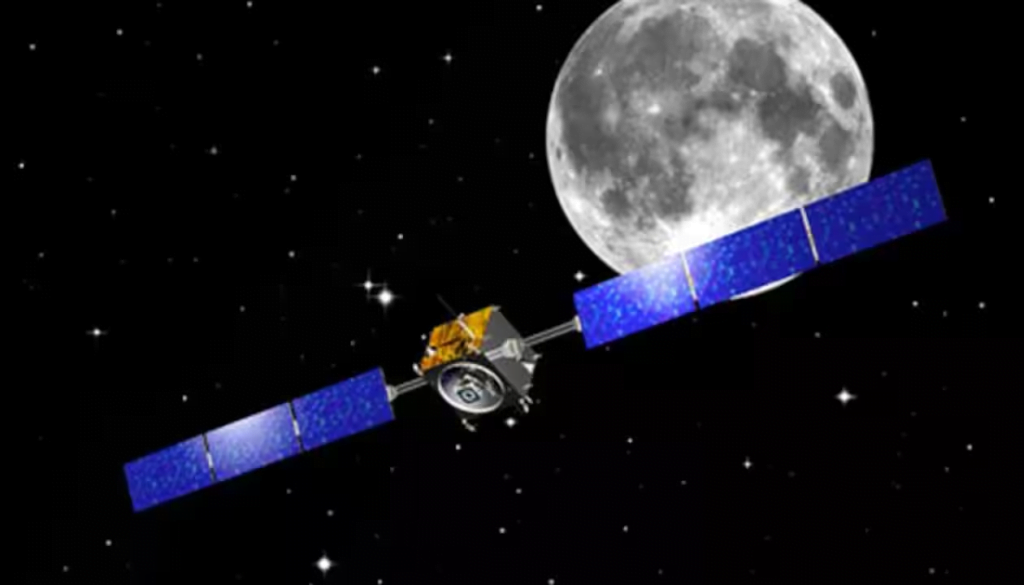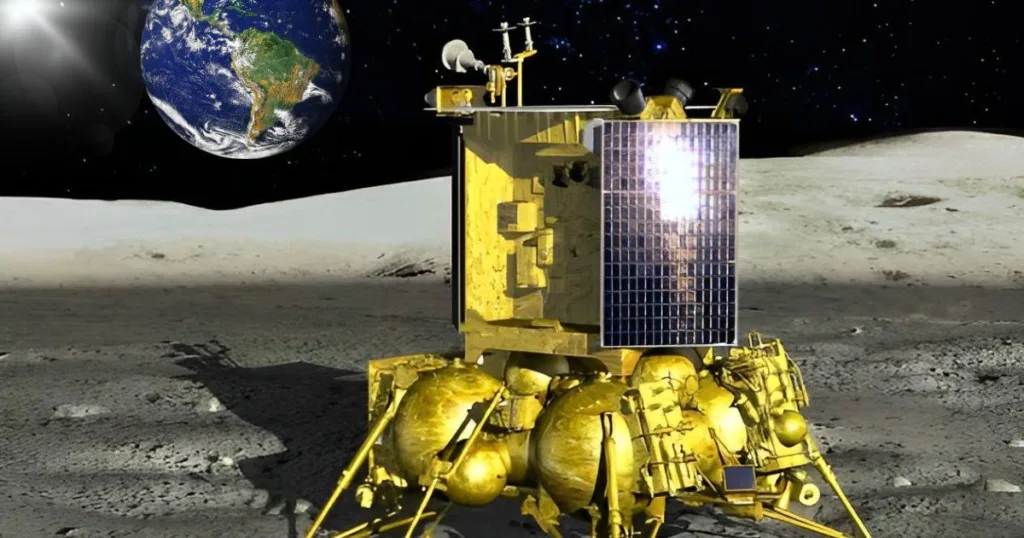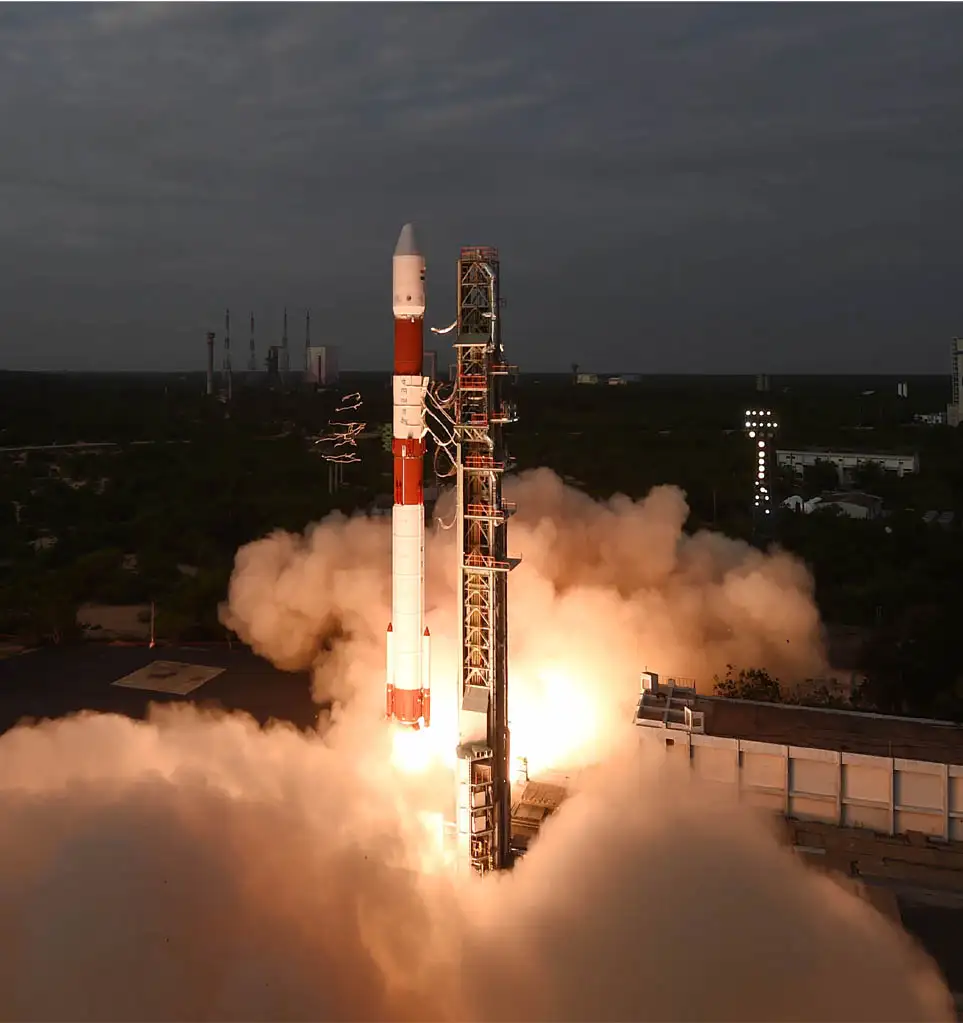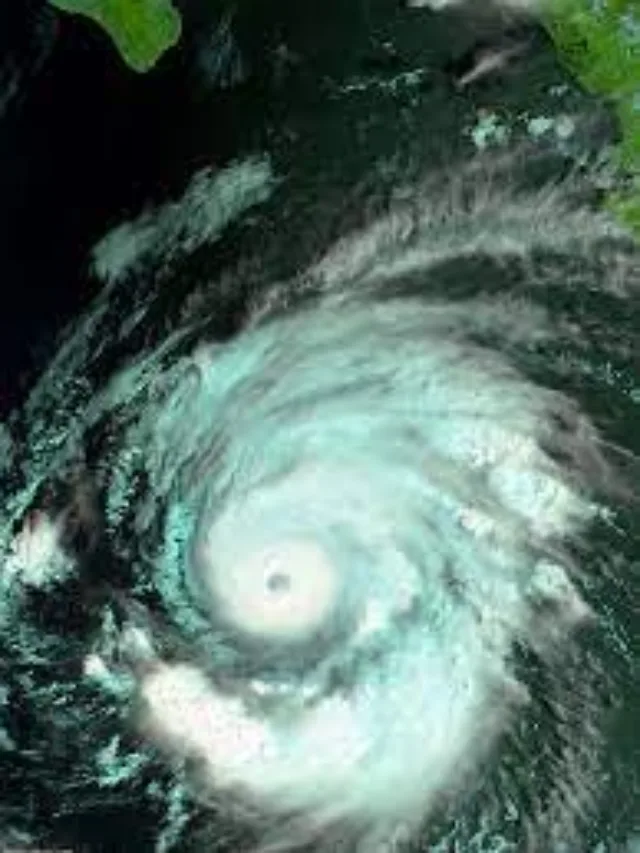in this article, we will know some important facts about the Indian moon mission from Chandrayaan-1 to Chandrayaan-3

The first Indian lunar mission launched as part of the Chandrayaan program was Chandrayaan-1. The Indian Space Research Organization (ISRO) established it in October 2008.
On October 22, 2008, at 00:52 UTC, India launched the spacecraft from the Satish Dhawan Space Center in Sriharikota, Andhra Pradesh, using a PSLV-XL rocket.
Chandrayaan orbiter at 14:36 UTC struck the south pole in a controlled manner.
ISRO became the fifth national space agency to reach the lunar surface. Other nations whose national space agencies have done so prior were the former Soviet Union in 1959, the United States in 1962, Japan in 1993, and ESA member states in 2006.
Chandrayaan-1 failed after completing its operations for 312 days and achieved 95% of its planned objectives. The mission was designed to last for two years. As the star tracking system overheated and malfunctioned due to radiation from the sun, it paved the way for Chandrayaan-1 to its premature end.
mission of Chandrayaan-1
Chandrayaan-1 was In order to create an accurate picture of the surface’s chemical composition and three-dimensional topography, the lunar surface had to be surveyed for two years. The polar areas are of particular significance since water ice may be present there. The discovery of the widespread existence of water molecules in lunar soil was one of its numerous accomplishments.

Chandrayaan-2
| Launch date | 22 July 2019, 09:13:12 utc |
|---|---|
| Rocket | LVM3 M1 |
| Launch site | Satish Dhavan Space Centre second launch pad |
| Contractor | ISRO |
CHANDRAYAAN-2

Vikram lander on the moon
It is made up of an Indian-developed lunar orbiter, the Vikram lander, and the Pragyan rover.
The primary scientific goal is to map and investigate the differences in the lunar surface’s composition as well as the presence and distribution of water on the moon.
On September 6, 2019, the lander and rover were supposed to touch down on the near side of the Moon in the south polar area at a latitude of around 70° south.
On September 6, 2019, the lander was attempting to land when it lost control and crashed after deviating from its intended course. A failure analysis report provided to ISRO states that a software error was to blame for the disaster.
CHANDRAYAAN-3

the third Indian lunar exploration mission under the Indian Space Research
launched on 14 July 2023 Organisation’s (ISRO) Chandrayaan program.It consists of a lander named Vikram and a rover named Pragyan

The lander and rover landed near the lunar south pole region on 23 August 2023
On August 23, 2023, the lander and rover made history to become the first country on the lunar south pole.









